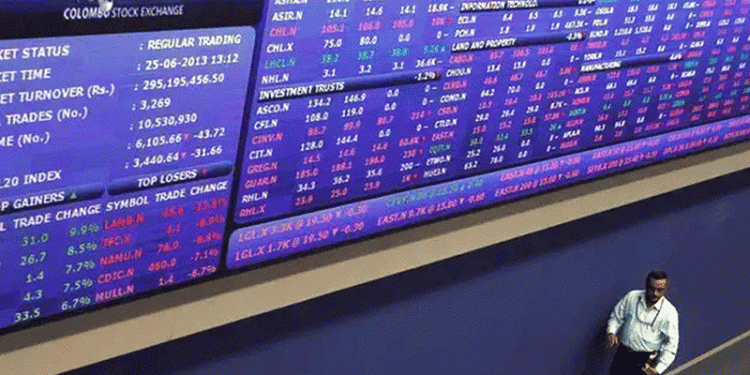 © Reuters. FILE PHOTO: A worker looks on as a drill breaks the pavement on a construction site next to Barangaroo building complex in Sydney’s CBD
© Reuters. FILE PHOTO: A worker looks on as a drill breaks the pavement on a construction site next to Barangaroo building complex in Sydney’s CBDBy Swati Pandey and Jane Wardell
CANBERRA (Reuters) – Australia’s center-right government is expected to announce hefty health and infrastructure spending and deliver some voter-sweetening tax cuts in an annual budget on Tuesday that unofficially kicks off campaigning for elections next year.
Speculation is also growing that recent growth in government coffers, largely from company taxes, will let the Liberal-National coalition fulfill its promise of returning the finances to surplus a year earlier than planned.
Prime Minister Malcolm Turnbull would welcome a positive response to the budget after a series of setbacks, including a dual citizenship crisis and a sex scandal involving his deputy, that have seen his popularity plummet in polls from record highs of late 2015.
Revelations of serious misconduct in Australia’s powerful banking sector – during an ongoing inquiry the government initially resisted as unnecessary – have ramped up the pressure.
Treasurer Scott Morrison recently laughed off suggestions he would be playing Santa on Tuesday, warning instead that tax cuts targeting lower and middle-income earners would not be “mammoth”.
The extra money will still be a boon given Australian households are heavily indebted with the debt to income ratio at a record high 190 percent.
Underscoring tighter consumer purse strings, Australia’s March retail sales came in surprisingly soft on Tuesday with spending falling on everything from clothes to restaurants.
Morrison has said relieving some of the pressure on households by ensuring they keep more of their hard-earned money will also be good for the economy, a departure from his “debt and deficit disaster” rhetoric of recent years.
“The plan for a stronger economy that I’ll be announcing tonight is about improving the opportunities for all Australians to live in a stronger economy,” Morrison told reporters as he arrived at Parliament House early on Tuesday, justifying higher debt and spending to boost economic growth.
In its mid-year review in December, the government forecast a A$10.2 billion ($7.69 billion) surplus in 2020/21, the first since 2007/08, from an estimated A$20.5 billion deficit for 2018/19.
Morrison declined to say if the 2019/20 budget will forecast a surplus, noting only the intent to “return to that level as soon as possible”.
AAA RATING
Australia’s A$1.8 trillion ($1.4 trillion) economy has outperformed many rich world peers since the global financial crisis, but in recent years it has struggled to manage the end of a mining investment boom that underpinned much of its wealth.
The country still holds a coveted triple-A sovereign rating from Standard & Poor’s, Moody’s and Fitch.
But S&P put Australia on a “negative watch” in mid-2016, citing deteriorating government finances, and some economists warn that more spending before a federal election due in 2019’s first half could put the pristine rating at risk.
Annette Beacher, Asia-Pac macro-strategist at TD Securities, predicted “there won’t be anything in the budget to shift S&P off its negative outlook”.
Net debt is seen blowing out as the government is expected to spend around A$24 billion on national infrastructure over the next 10 years, several economists said.
The government also ditched plans for an A$8 billion levy on voters while still promising to fully fund a new national insurance project to financially support people with disabilities and their caregivers. Local media reported on Tuesday that Morrison will also unveil a multibillion-dollar aged-care and retirees package.
Morrison has already flagged cutting the corporate tax rate to 25 percent from 30 percent, despite failing to push the measure through parliament amid headwinds from the banking industry scandal.
He has argued the cut is needed to keep Australia competitive for investors, but the opposition Labor Party has said it is a meaningless “zombie cut” without parliamentary support.
Morrison is also expected to upgrade forecasts for economic growth. The Reserve Bank of Australia last week predicted growth in domestic activity would accelerate this year to 3.25 percent from 2.4 percent in 2017.
Source: Investing.com




























